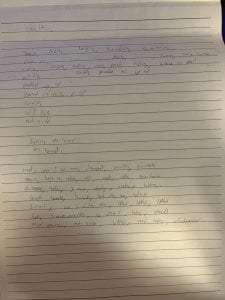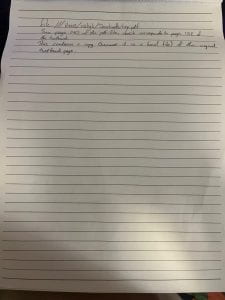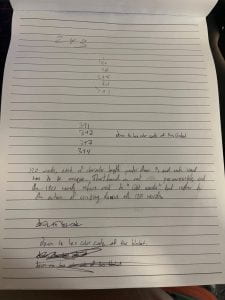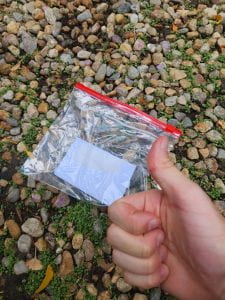My project is “Uncle Roy Koopa: All Around You,” a scavenger hunt that takes place in Mario Maker 2.
Players enter the level as normal, but will quickly realize that the only way to beat it is to enter a 5-digit code they don’t know. In a floating comment, the character “Uncle Roy Koopa” (based on the koopaling from the original Mario games) explains what’s going on. He says, “The code is at my other home. QX8-G82-2WG.” The sequence he gives is the ID for a completely different level. Players will then have to play that level, explore obscure parts of the map, and find *another* floating comment that states which level to try next. All in all, there are three levels the player has to explore before getting the final code.
The point of this game is to disrupt the way people play Mario Maker levels. In general, the community treats levels as very disposable, playing a level quickly from start to finish, and then forgetting about it. This is very unfortunate to me, since it reflects the increasingly apathetic way that people are engaging with art. Instead of being a meaningful experience that makes people think or feel, people are just consuming and moving on. I wanted to see if I could break that trend by turning a Mario Maker level into a more mysterious, longer-term experience.
The biggest inspiration for this level (probably obvious) was “Uncle Roy: All Around You.” While this game doesn’t have the social aspect of that experience, it does have the element of interacting with the world differently than we normally would. Instead of treating our cities as a simple, start-to-finish experience (go to the store–then we’re done), the game encourages people to find wonder and intrigue by exploring areas of their city they probably don’t normally visit. Because of that, I thought it was a great intervention model to follow.
This game has changed a little bit since I first came up with the idea. The biggest difference from before is that it used to be a social experience, where users would leave comments to pledge that they’d “be there for someone they don’t know.” That isn’t really practical in Mario Maker 2, since the active player base isn’t what it used to be size-wise, and so forming a lot of pairs like the original “Uncle Roy” can’t really happen.
Link to a video of the level: Link







